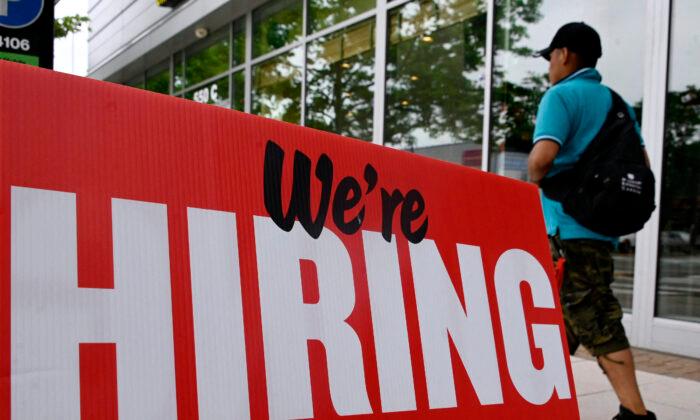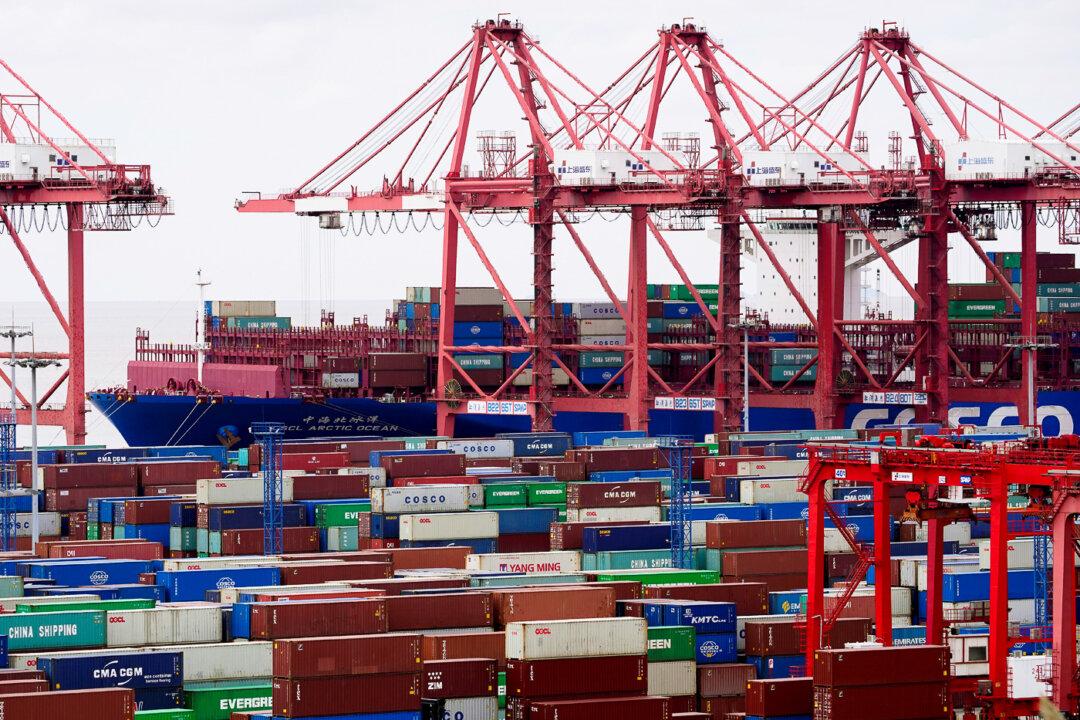But a deeper look into the production figures points to a very different direction. It suggests an unsustainable pattern of labor hoarding that will force a recessionary adjustment in the not-too-distant future.
The popular Labor Department “Employment Situation” report feeds the optimistic thinking. In December 2022, its national survey of employers indicated that the roster of workers has risen by some 223,000. A separate survey of households was still more impressive. It recorded an employment gain of 717,000. Jobs growth figures for recent months fall short of monthly employment gains recorded in 2021 and the first half of 2022. Still, they exceed broad historical averages by a wide margin. With data like this, it’s easy to see why many conclude that business is building up its staffing for a major expansion in production.
Other data, however, call into question the likelihood of such an expansion. Consumers, for example, have cut back on their spending. Retail sales have shown flat to negative real growth during recent months, a sharp correction from great strength in 2021 and earlier in 2022. New home purchases are running 23 percent below year-ago rates. New home construction is down 27 percent over the same period. Business spending on equipment and intellectual property has held up.
Still, spending on new facilities has been in decline for some time, suggesting that the funds are flowing into efficiency and labor substitution rather than a general expansion. Even then, the increase in business investment spending has slowed markedly from 2021 and earlier last year.

Though these separate lines of information—the jobs on the one hand and spending measures on the other—seem to contradict each other, they do yield to reconciliation. Such a squaring of the circle emerges from productivity data offered in another less-than-widely quoted Labor Department report. It shows clearly that the new workers hired of late are grossly underutilized.
Consistent with the robust hiring, it reports an impressive 3.0 percent annual increase in the hours worked over the first three quarters of 2022, for which data are available. But for all these additional work hours, the report shows barely any increase in output, only 0.2 percent at the annual rate. Productivity—output per hour worked—has plummeted during this time, falling at a 3.1 percent annual rate.
It appears that instead of staffing for increased production, business is hoarding labor. The impulse to do that is certainly understandable. Memories of the severe labor shortages back in 2021 and early 2022 surely are enough to prompt managers to hire qualified labor even in the absence of immediate staffing needs. However, memories of those shortages would make managers highly reluctant to cut back on staff, even in the face of falling production levels. No employer wants to go through the expense and bad feelings or layoffs under any circumstances, especially if a change in circumstances could leave the firm short-staffed, as was the case not too many months ago.
Such hoarding might be reasonable if there was a chance that business activity might pick up in the next few months. That prospect, however, seems highly unlikely. The consumer spending slowdown reflects the ill effects of inflation on the buying power of household incomes. That matter is not likely to turn any time soon.
At the same time, the continued interest rate increases contemplated by the Federal Reserve seem set to apply additional downward pressure on homebuying and homebuilding for at least for some months to come. Business isn’t likely to see the sudden pickup that might justify holding all the excess staff on the payrolls, which is clearly evident in these data.
Rather than a “soft landing,” this picture suggests something very different. It points to a staffing adjustment in the near future. Businesses can’t remain profitable and sustain idle or underutilized employees for long. With hourly compensation for these workers on the rise at almost a 3 percent annual rate, unit labor costs have been rising at a 6 percent annual rate. This fact not only points to continued pressure to raise prices into 2023 but, more critically, an increasingly urgent need for businesses to adjust.
Soon, the nation will begin to see a reluctance to hire new workers and even adopt a tendency toward layoffs, as is already evident in the technology and financial sectors.





